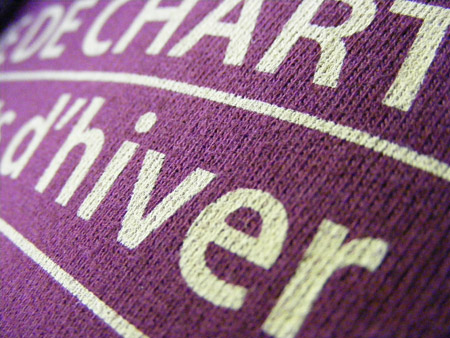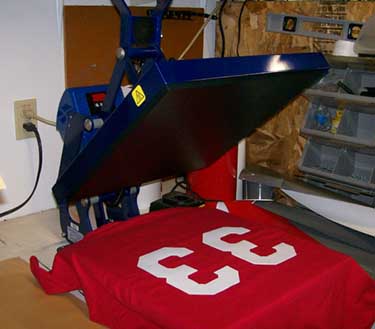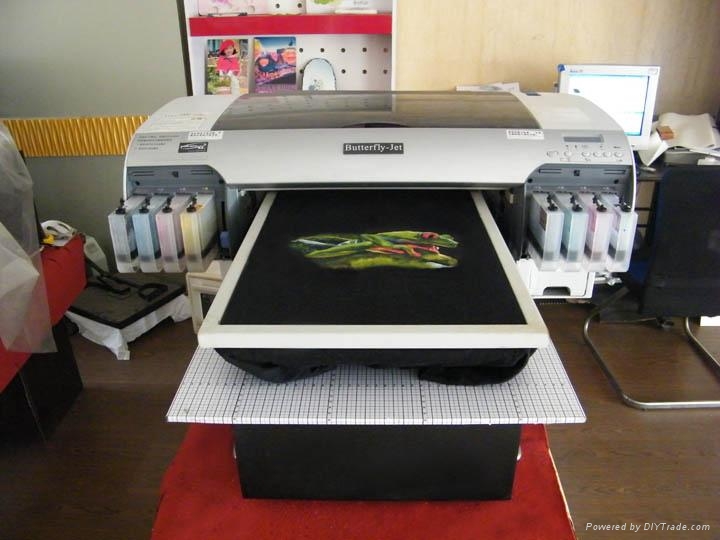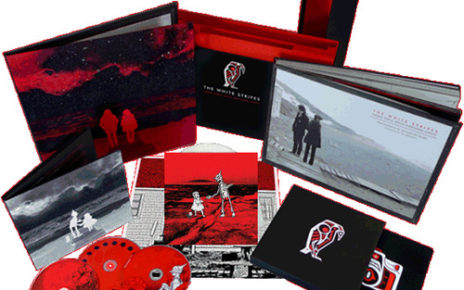Before you even make a design for your t-shirt, make sure you know your custom t-shirt printing in LA options so you know off the bat your limitations.
Custom apparel is one great way to strengthen your brand and earn a little money (or a lot if you’re planning to have a t-shirt business). It can somehow give people an idea of what type of company you have. We will assist you in every step of the way in creating your custom tee. If it is your first time, I’m pretty sure you will be overwhelmed by the many options that we have for custom t-shirt printing that’s why we decided to make a big list so you can go over them carefully before making your order.
Screen Printing
Screen printing is the most common process for printing a design onto a garment and if you’re looking to make a t-shirt with a basic design, it’s likely you’re looking for this process. It is a printing technique that uses a woven mesh (silkscreen) to support an ink-blocking stencil. The attached stencil forms open areas of mesh that transfer ink which can be pressed through the mesh as a sharp-edged image. The majority of screen printing utilizes an ink called plastisol. In most cases, plastisol will be what you are looking for.
Is Underlay/Base Necessary?
It is a layer of white ink printed on a tee before printing the actual design. This is necessary in order for the colors to show true. If only one hit (printing) of white ink is printed onto a dark garment, the color of the garment will show through the white print. You need to know this if you’re budget conscious. Base costs some money because it is counted as additional color. But don’t fret, not all garments would need an underlay. Garments that won’t need an underlay: White, Off- white, Very, very light colors, or if you’re aiming for a faded/worn design. Garments that require underlay: All colors that are darker than pale. Meaning, most colors that are not (or does not look like) white.
PLASTISOL
This is the most commonly used ink in screen printing because it is the easiest ink to match exact PMS colors and achieve those colors on a wide variety of colored garments. Best for printing opaque graphics on dark fabrics. Not recommended for very light fabric because it is extremely opaque and will result in a much vibrant color than what you’re originally aiming for.
Printing over seams, collars and full bleed-offs
WATER-BASED INKS
The water-based ink uses H2O to transport the pigment to the garment. The thin viscosity of the water-based inks make them ideal for specialty applications like printing over collars, seams and full bleeds. Few chemicals are involved in printing with water-based ink and they contain no PVC or phalates. Best for printing light colored garments. Not recommended for bright colors on dark garments since the inks are not as opaque as Plastisol
DISCHARGE PRINTING
This process can be used on its own to achieve a nice, natural imprint. Discharge printing is the process where we print a chemical that removes the die from the garment, returning it to its original cotton color. More commonly, discharge printing is used in order to print water-based inks on dark garments. When combined with water-based inks, you can achieve a soft hand with a multi-color print on most dark garments.
HEAT TRANSFER
Heat Transfer is a screen printed process that uses silkscreen technology. Designs are screen printed onto special release paper which is then heat applied with a specially designed heat press. low cost way to print multi color designs.
DIGITAL PRINTING
Allows for full color images to be printed directly onto garments such as a tee-shirt. However, this method cannot be printed on all colors of tee-shirts currently the only options is white tee-shirts.
SIMULATED PROCESS
Simulated Process color images have a photo-realistic look but are not printed with the process colors of CMYK. They are similar to process in desired effect only. The color separations for simulated process color are made up of halftone images of spot colors like red, yellow, blue, etc. They are often called “tonal” or “channel” separations. Simulated process separations can be printed on light and dark shirts.
Because the inks for simulated process color are generally all-purpose, semi-transparent Plastisol they give you a bright print even when printed on an underbase of white ink. When done correctly, simulated process prints can be very photo-realistic with smooth gradations and bright colors.
Which of these custom t-shirt printing methods best suit your shirt to a T?
_______________________________________________________________
James Hill is a veteran of the music industry. He first worked at Warner Reprise Records then later joined Interscope/ Geffen Records where he managed producers and songwriters and got his first platinum record for Keyshia Cole’s The Way It Is. He is now helping indie artists with branding and manufacturing through his company Unified Manufacturing, a CD/DVD/vinyl and merch company in LA.







